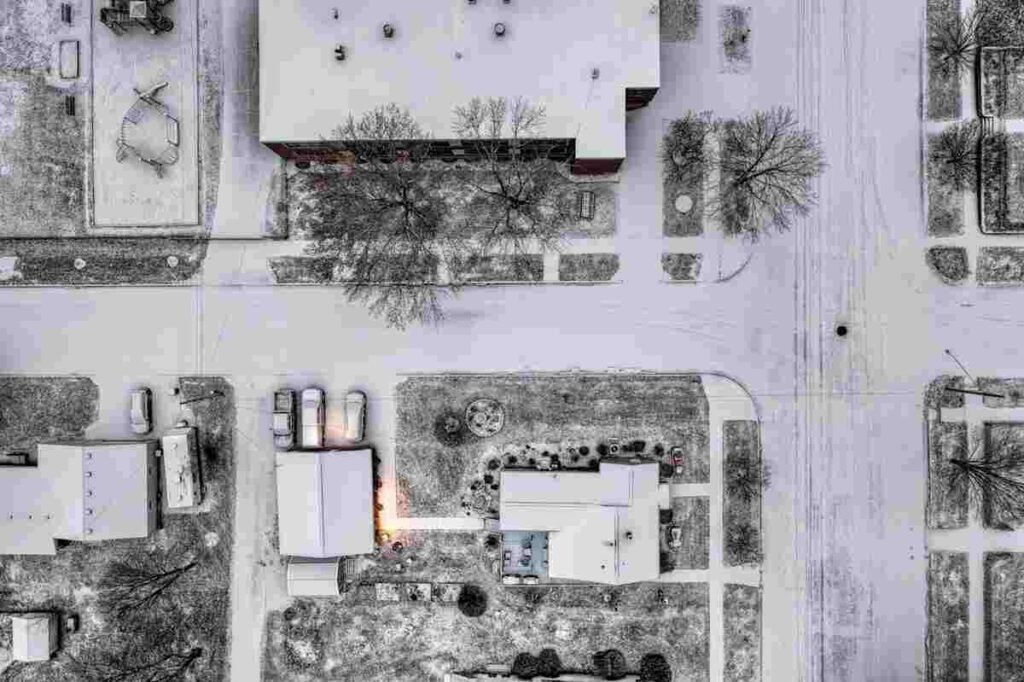Physical Address
304 North Cardinal St.
Dorchester Center, MA 02124
Physical Address
304 North Cardinal St.
Dorchester Center, MA 02124

Minnesota’s housing market has long been considered one of the most stable in the Midwest. But as we move through 2025, speculation around a possible downturn is growing louder. Will it be a Terrifying Crash or Temporary Boom before a cooling-off period? For homeowners, investors, and first-time buyers alike, the stakes are high.
To answer this, we take a comprehensive look at Minnesota’s market outlook for 2025, diving into home prices, inventory, interest rates, migration trends, and expert projections. Whether you’re buying, selling, or holding, this deep-dive will give you the clarity you need.
Real estate is a local game, but macroeconomic trends and policy changes can ripple through even the most resilient markets. In Minnesota, where median home prices rose sharply between 2020 and 2022, buyers and sellers now face a market that’s normalizing under pressure.
According to Redfin, the statewide median home price in Q1 2025 is approximately $349,000, down slightly from its 2022 peak of $360,000. But prices remain higher than pre-pandemic levels, pointing to persistent long-term value despite short-term volatility.
While many markets across the country are seeing declines, Minnesota is experiencing pockets of explosive activity, particularly in:

Areas like Woodbury, Lakeville, and Maple Grove are still seeing bidding wars for single-family homes. These suburbs benefit from strong schools, new infrastructure, and continued migration from urban cores.

Minnesota’s cost of living remains lower than coastal states, attracting professionals and retirees from high-priced metros like Chicago, Seattle, and San Francisco. This has kept demand steady, especially for mid-tier homes.

State and federal investment in transportation and green energy projects has led to economic optimism in regional markets. Cities like Rochester and Duluth are seeing housing demand surge alongside local development initiatives.
According to Zillow, rents in Minneapolis have increased 6.8% YoY. As monthly rents near mortgage equivalents, renters are turning to ownership, boosting entry-level home sales.
These factors suggest that the current boom isn’t entirely speculative, but rather driven by fundamentals—at least in certain segments of the market.
Despite the optimism, several data points suggest not all is well in Minnesota’s housing market.
Mortgage rates are hovering around 6.9%, up from just 3.5% in 2021. This has shrunk buyer pools and lowered purchasing power. For a $400,000 home, that could mean an additional $500/month in interest.
The number of active listings in Minneapolis and St. Paul is up nearly 30% YoY (Rocket Homes). In a healthy market, increased inventory can signal opportunity. But if demand doesn’t keep pace, it can lead to price corrections.
Wages in Minnesota haven’t kept pace with home values. As of 2025, the average first-time buyer needs a household income of over $90,000 to comfortably afford a median-priced home. This has pushed many potential buyers to the sidelines.
High interest rates and material costs have slowed new home builds. The Minnesota Housing Partnership notes that permit applications are down 18% from last year. A limited pipeline could lead to long-term supply constraints, but also reflects builders’ uncertainty about future demand.
So what’s ahead for Minnesota’s housing market in 2025? Industry analysts offer three plausible scenarios:
According to Minnesota Realtors, the state’s diverse economy and historically conservative lending practices make a 2008-style crash unlikely.
Whether the market is cooling or correcting, informed, strategic decisions will yield success.
In the battle between boom and bust, Minnesota’s market outlook for 2025 lies somewhere in the middle. While regional growth and lifestyle shifts are fueling sustained activity, macroeconomic headwinds are testing the market’s resilience.
Ultimately, it may not be a terrifying crash or a fleeting boom, but a much-needed realignment that reintroduces balance and opportunity. For buyers and sellers alike, staying informed and acting with intention will be the key to navigating Minnesota’s evolving real estate landscape.